AMNH Pterosaur Starter Deck
2014 – (See Cards | Deck Info | Download | Purchase)…
This deck uses images and information from the vast collections of the American Museum of Natural History in New York City, especially the 2014 special exhibition Pterosaurs: Flight in the Age of Dinosaurs. The game consists of 38 different cards, includes “extinct” organisms, and utilizes a simplified version of the game to compensate for unavailable facts.

Gnetales
Gnetales order

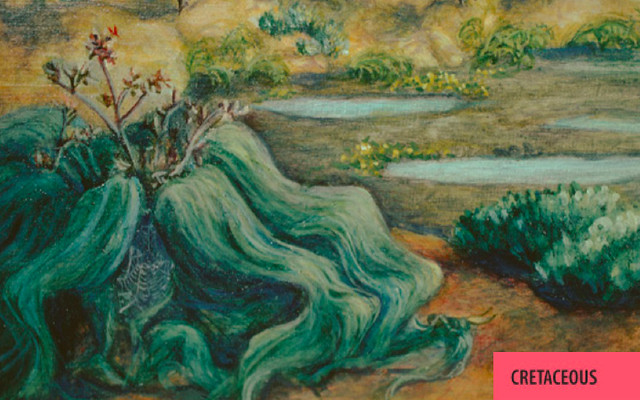
EXTANT | 1 POINT
Gnetales are an evolutionary step between cone-bearing conifers and modern flowering plants, displaying BOTH cones and flowers.

Paleomattea
Paleomattea deliciosa

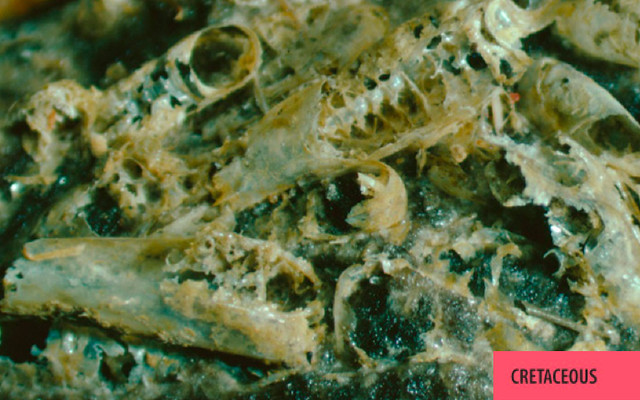
EXTINCT | 1 POINT
The name of this shellfish means “ancient delicacy” and is derived from the Latin word deliciosa which means delicious.

Beurlenia
Beurlenia genus

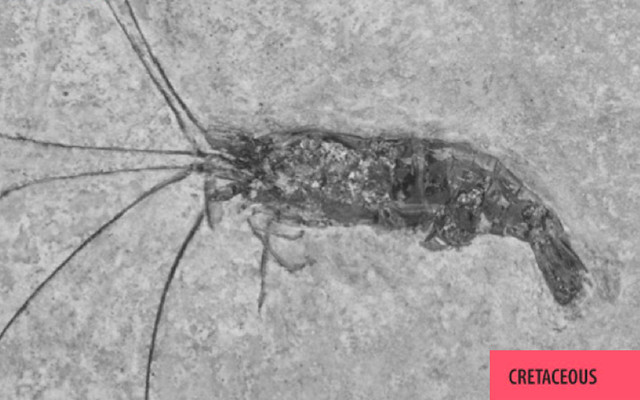
EXTINCT | 1 POINT
Play: MOVE of 1.
This extinct shrimp is named after the German paleontologist Karl Beurlen (1901-1985), who studied fossils in Brazil.

Brachyphyllum
Brachyphyllum

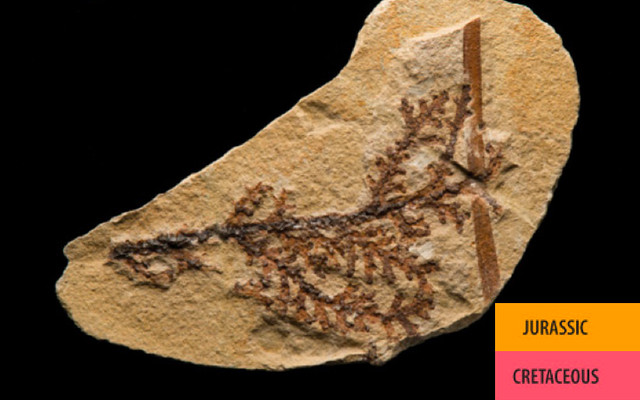
EXTINCT | 1 POINT
These coniferous trees lived all over the globe during the Jurassic and Cretaceous periods.

Clam
Bivalvia class

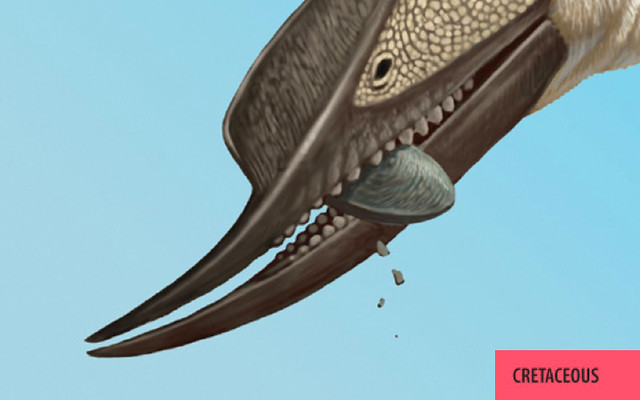
EXTANT | 2 POINTS
Play: MOVE of 1.
The organs of clams are surrounded by watery blood that contains nutrients and oxygen.

Ginkgo
Ginkgoopsida


EXTANT | 1 POINTS
The fan-shaped leaves of this ancient ginkgo tree, now extinct, are similar to modern ginkgo leaves.